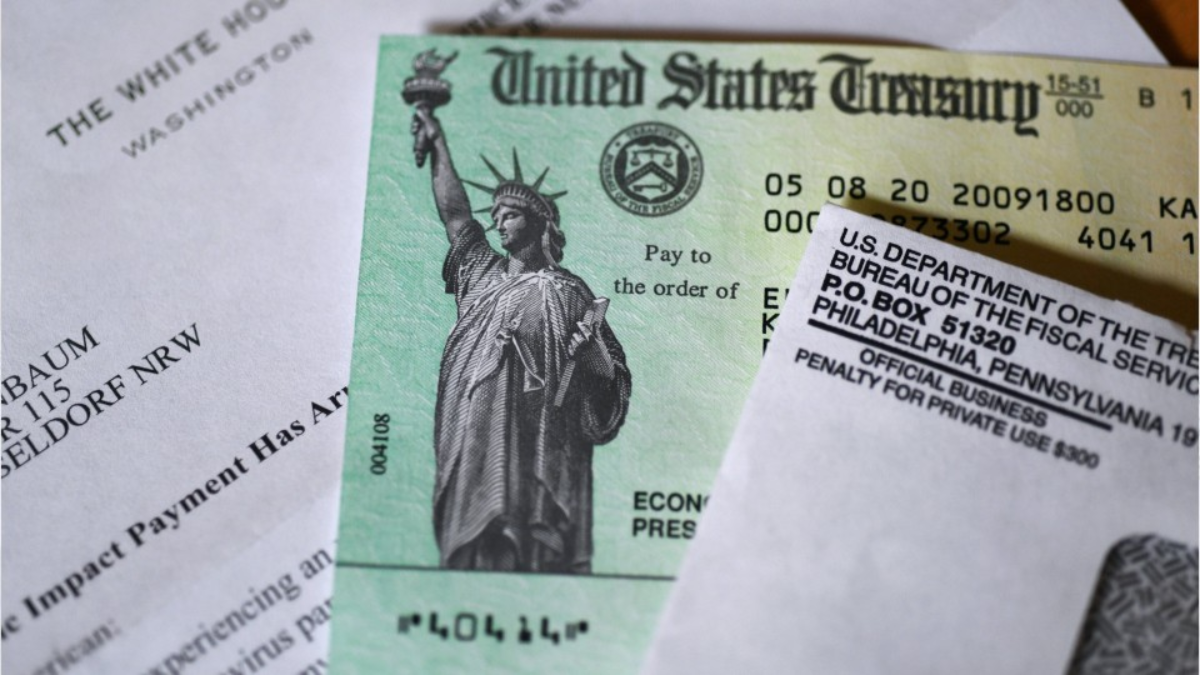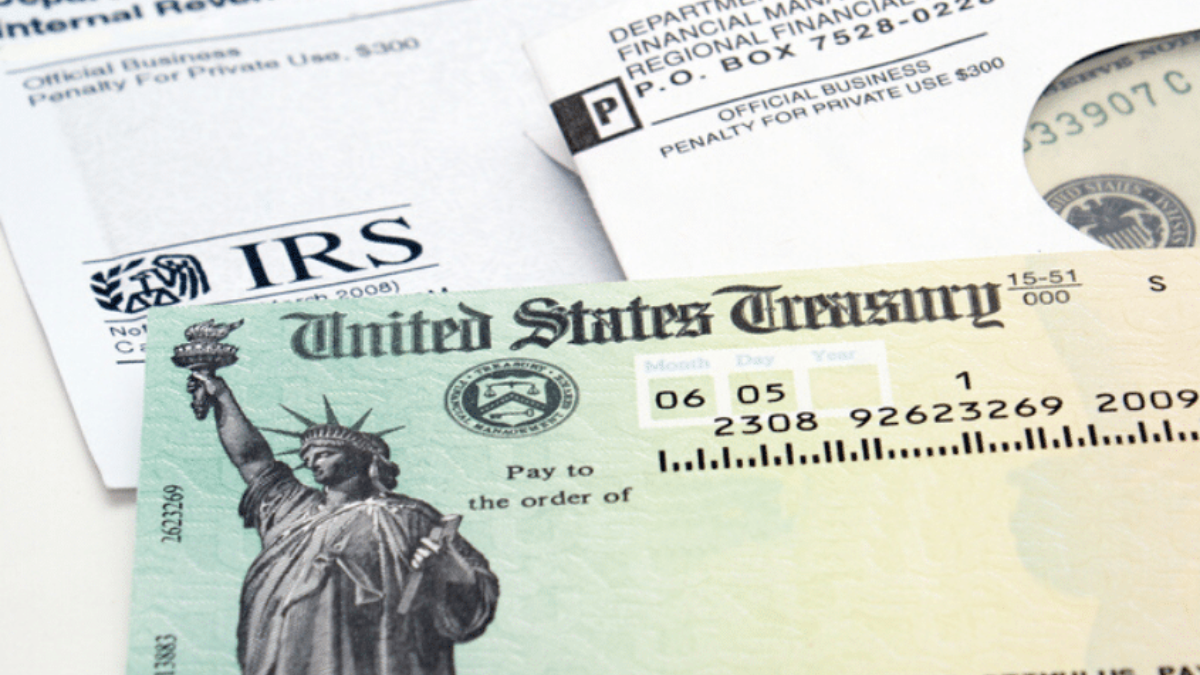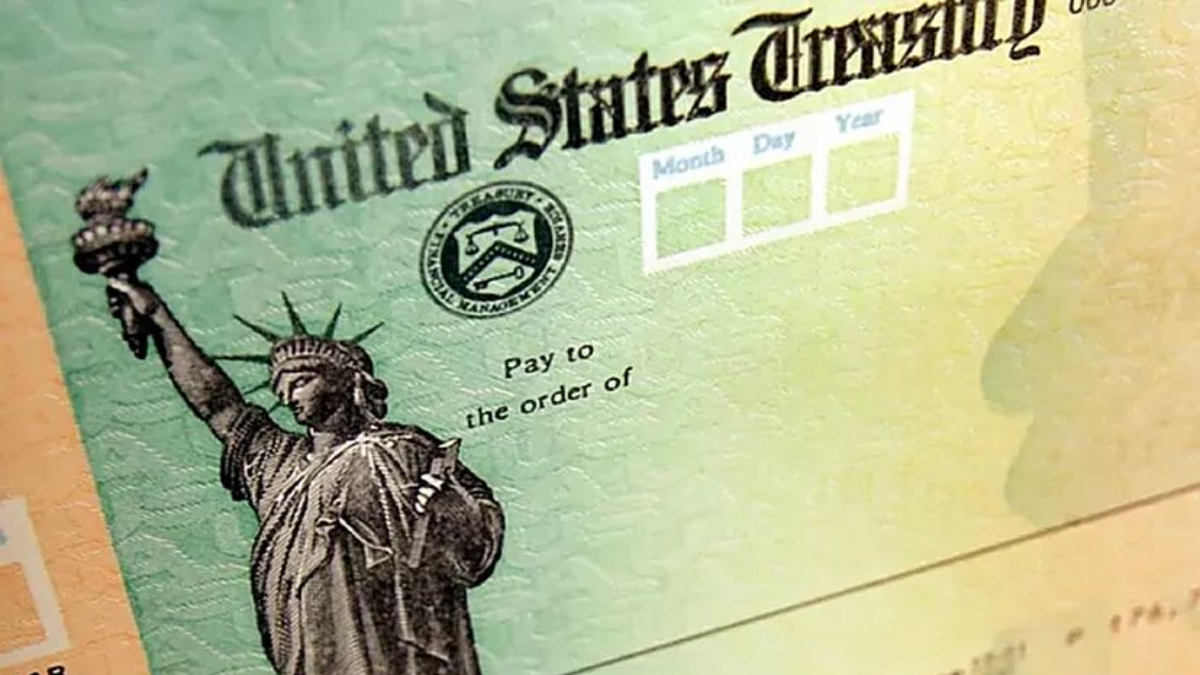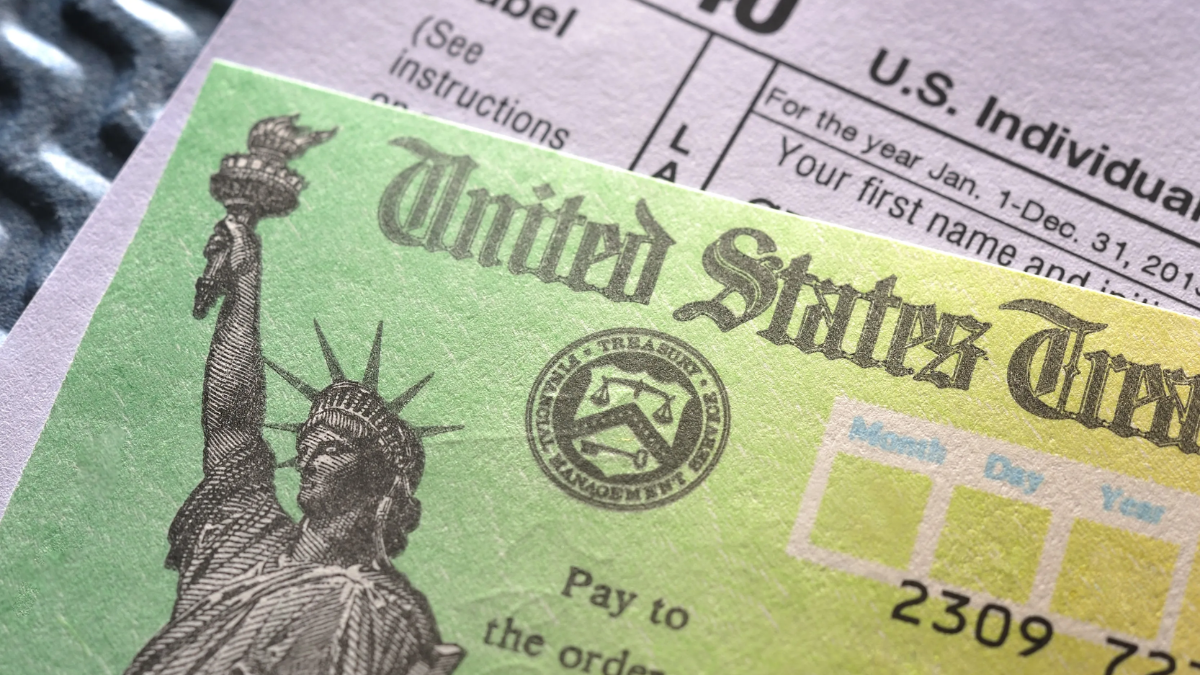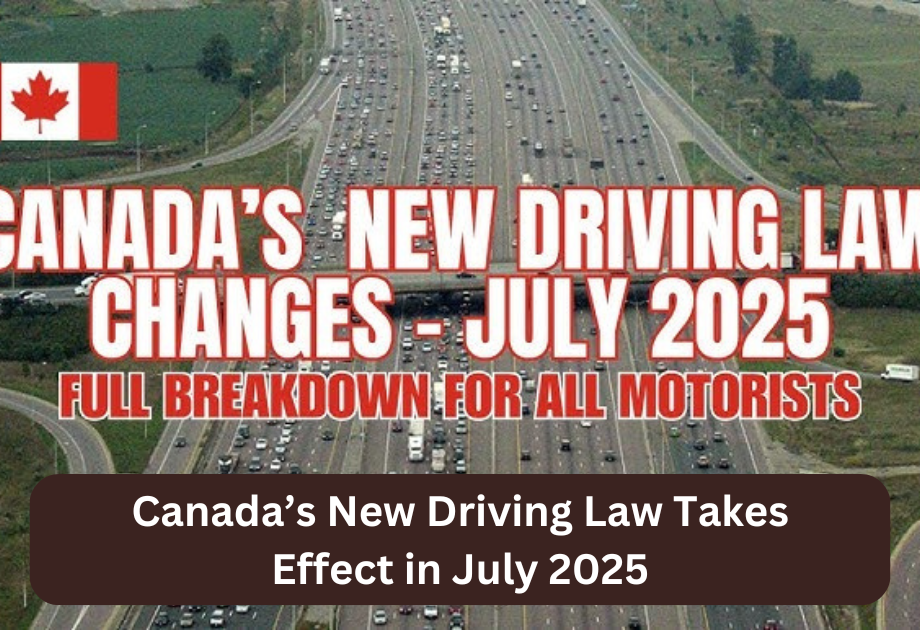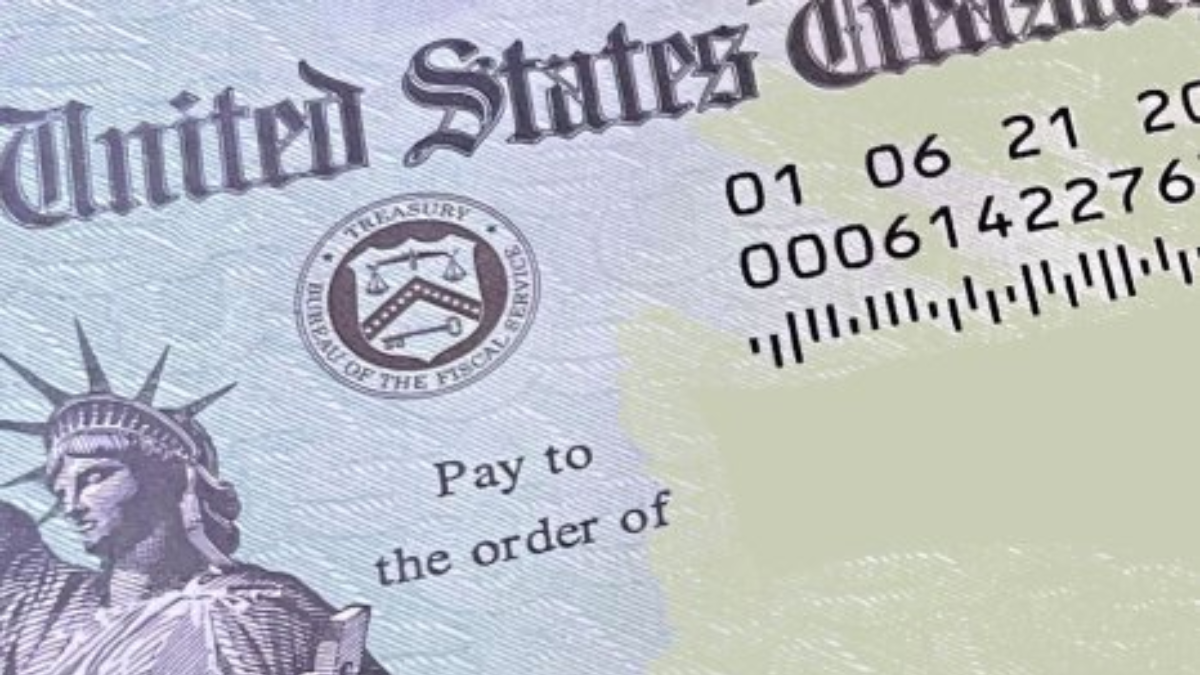Starting July 1, 2025, Canada is rolling out major updates to its national driving regulations, aiming to improve road safety, reduce emissions, and adapt to evolving driving technologies. The changes affect all provinces and territories, with specific provisions targeting distracted driving, emissions compliance, and young driver restrictions. Motorists across the country are urged to familiarize themselves with these new rules to avoid hefty penalties.
Key Updates Under the New Driving Law
Several significant changes are included in the law, most notably:
- Stricter penalties for distracted driving: Fines have increased and additional demerit points will be issued.
- Mandatory emissions testing: Older vehicles must undergo annual emissions checks.
- Zero-tolerance for new drivers: Drivers under the graduated licensing system will face stricter alcohol and drug testing rules.
- License plate scanning: Law enforcement may now use automated systems to catch expired registration or uninsured drivers in real time.
| Policy Change | New Rule Details |
|---|---|
| Distracted Driving Penalty | Fines up to CAD $1,200 + 4 demerit points |
| Emissions Testing Requirement | Annual check for vehicles older than 10 years |
| New Driver Rules | Zero tolerance for alcohol, cannabis, and impaired driving |
| Plate & Insurance Scanning | Automated systems for real-time verification |
| Enforcement Date | Effective July 1, 2025, nationwide |
What Drivers Need to Do Immediately
All vehicle owners must ensure compliance with emissions testing, particularly if their cars are more than a decade old. Young drivers, especially those under graduated licenses (G1, G2, or learner’s permits), should be aware of the zero-tolerance rules now strictly enforced. Also, ensure your vehicle registration, license, and insurance are up to date, as random plate scans are now legally permitted and operational in many provinces.
Why the Law Was Updated
The government cites rising road accidents, climate change goals, and the increasing number of young and inexperienced drivers as the key reasons behind this legal overhaul. Authorities aim to reduce distracted driving incidents by 20% and cut down emissions from older, inefficient vehicles. These updates are also part of Canada’s broader commitment to meet its 2030 net-zero transportation targets.
Consequences for Non-Compliance
Drivers caught violating these new rules will face steep fines, license suspensions, and potentially court appearances for repeat offenses. For example, failing an emissions test may result in a license plate renewal denial, while distracted driving penalties now carry a heavier financial and legal burden. New drivers found with any level of alcohol or THC in their system will be subject to immediate suspension.
Canada’s updated driving law is a significant step forward in promoting safer and more environmentally responsible roads. Every driver—whether new or experienced—must take these regulations seriously. Update your documents, follow the new restrictions, and adapt to these changes starting July 1, 2025, to ensure compliance and road safety for all.
FAQ’s:
1. Does the emissions testing apply to hybrid or electric vehicles?
No, the rule only applies to traditional fuel-based vehicles over 10 years old.
2. Can I contest a distracted driving ticket under the new rules?
Yes, but penalties are stricter, and you’ll need strong evidence to overturn it.
3. What qualifies as “distracted driving” now?
Using a mobile phone, eating, adjusting GPS, or any behavior that takes attention off the road.
4. How will I know if my vehicle is flagged for emissions issues?
You will receive a notification from your local registry or during plate renewal.
5. Are these changes the same across all provinces?
Yes, the new law is nationally mandated, but some provinces may add stricter local rules.




